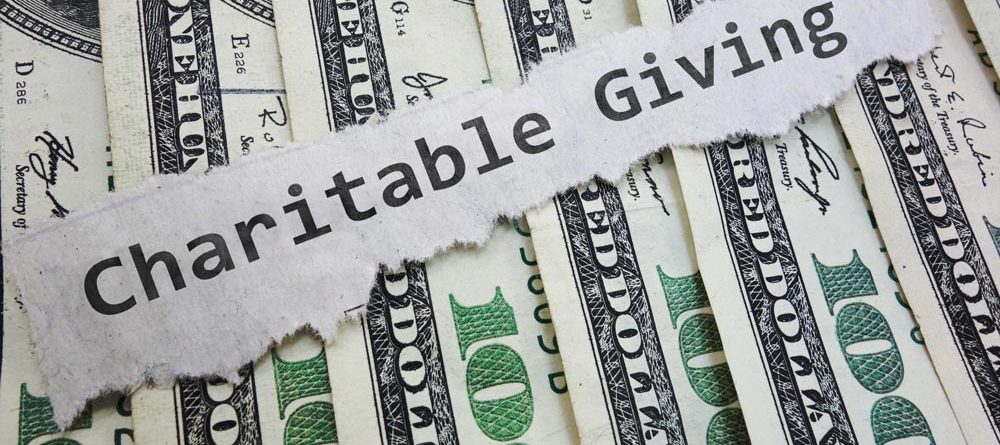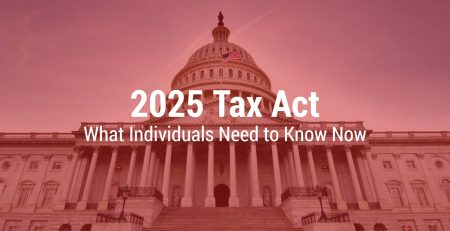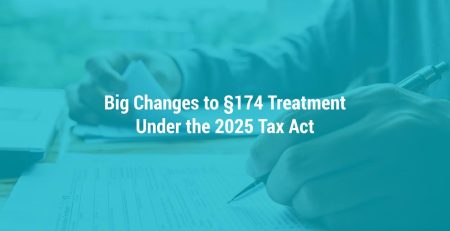How the 2025 Tax Act Changes Charitable Giving — What Individuals and Corporations Need to Know
Charitable giving is a long-standing way for individuals and businesses to support causes they care about and reduce taxable income. With the recently enacted 2025 Tax Act (often referred to as the One Big Beautiful Bill Act), Congress has made significant changes to how charitable contributions are treated for both individual non-itemizers and itemizers, as well as for corporations.
These changes present both opportunities and challenges. Savvy planning now can help you maximize the favorable rules, avoid traps, and align your giving with tax efficiency.
Below is a detailed breakdown of the prior law, what’s changing, and what individuals, businesses and their advisors should be doing to stay ahead.
Key Changes of New Tax Act
| Category |
What Was (Prior Law) |
What Changes Under the 2025 Act – for years beginning AFTER 12/31/25 |
What is the Impact |
|---|---|---|---|
Non-Itemizers (standard deduction users) |
If you claimed the standard deduction, you took no federal deduction for charitable gifts (except during certain pandemic years). |
Non-itemizers can deduct up to $1,000 (single) / $2,000 (married filing jointly) in cash contributions to qualified public charities. |
This modest "universal charitable deduction”, means more taxpayers (beyond those who itemize) can enjoy some tax relief for their donations. |
Itemizers — new floor |
Itemizers could deduct virtually all charitable gifts (subject to AGI percentage limits). |
Charitable deductions by individuals will be allowed only to the extent contributions exceed 0.5% of AGI (i.e. a “floor”) |
Smaller gifts that do not clear that threshold will not yield a deduction; donors must “get over the floor” first. |
Carryforward of disallowed amounts |
Excess contributions (beyond limits) could be carried forward up to five years. |
Under the new floor regime, disallowed amounts (below the 0.5% floor) may be carried forward only in years in which the taxpayer’s total contributions exceed the applicable limitation. |
More restrictive carryforward rules increase the need for planning — idle “excess” donations might lose value. |
Corporate changes |
Corporations could deduct charitable contributions up to 10% of taxable income (subject to rules). Pass-through entity owners passed through the deduction to personal returns, subject to individual rules. |
Corporations have a 1% floor: they may deduct only contributions exceeding 1% of their taxable income (subject still to the 10% ceiling). |
A corporation making a nominal charitable gift may find no immediate deduction until it crosses the floor; excess must be carefully tracked. |
The tax law changes around charitable giving are nuanced and will influence philanthropic behavior for years to come. 2025 is a pivotal year — it’s the final window to act under the legacy rules before floors, caps, and structural changes take full effect in 2026.
What Individuals and Corporations Can Do to Plan Strategically
Thoughtful planning can preserve value and mitigate downside from the new law changes effective in 2026. Below are practical strategies and considerations:
- Accelerate large charitable gifts into 2025
If you’re considering a major gift, moving it into 2025 may preserve full deductibility — no 0.5% floor to contend with. - “Bunching” or “bundling” gifts
In a multi-year period, you might concentrate giving in 2025 (and skip or scale down giving in 2026) to clear deduction thresholds and minimize waste under the new floor rules. - Focus donations on qualifying public charities (not DAFs/private foundations)
The new above-the-line deduction for non-itemizers (in 2026+) will only apply for cash gifts to qualified public charities. Gifts to donor-advised funds or private foundations generally won’t qualify for this special deduction. - Run projections / scenarios
You’ll want to run tax projections comparing (a) giving in 2025 vs 2026+, factoring in marginal rates, the new floor, and the 35% high-earner cap, (b) whether itemizing in 2025 makes sense (under the expanded SALT window) vs taking the standard deduction plus the $1,000 / $2,000 “universal” charitable deduction in 2026. - Watch carryforward rules carefully
If contributions are below the 0.5% floor in 2026, they may be disallowed or partially carried forward only under strict rules. Ensure any carryforwards don’t expire unused. - Charitable vehicle selection
Donors may consider alternative structures—charitable remainder trusts, gift annuities, or other giving vehicles—that might smooth out tax impact or optimize timing under the new rules. - Coordinate with estate/gift planning
Given that the estate and gift tax exemption is increased for 2026 (to $15 million per person) and made permanent under the Act, philanthropic gifting strategies (e.g. lifetime gifts, trusts) should be revisited to coordinate income tax, estate tax, and charitable benefits.
Final Thoughts
The tax law changes around charitable giving are nuanced and will influence philanthropic behavior for years to come. 2025 is a pivotal year — it’s the final window to act under the legacy rules before floors, caps, and structural changes take full effect in 2026.
If you are an individual, a business, or someone who routinely engages in philanthropy, now is the time to revisit your giving and tax plan.
Hungerford is Here to Help.
Navigating these new tax changes can be complex—but the potential savings are substantial. Reach out to Hungerford today to learn exactly how the 2026 changes will affect your situation and to develop a personalized tax strategy that maximizes your benefits.
Disclaimer: This blog post is for informational purposes only and does not substitute for personalized advice. Please consult your tax professional for guidance tailored to your situation.











